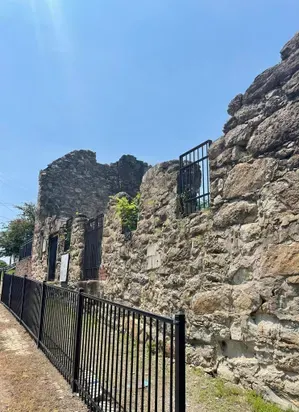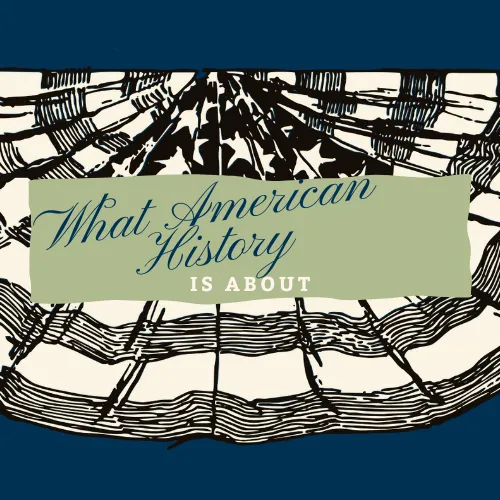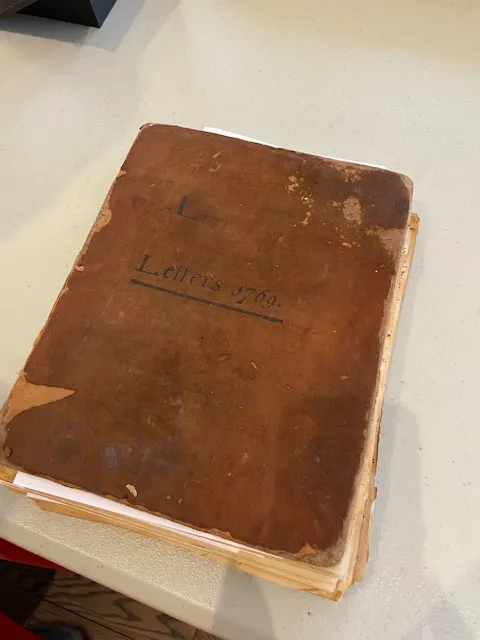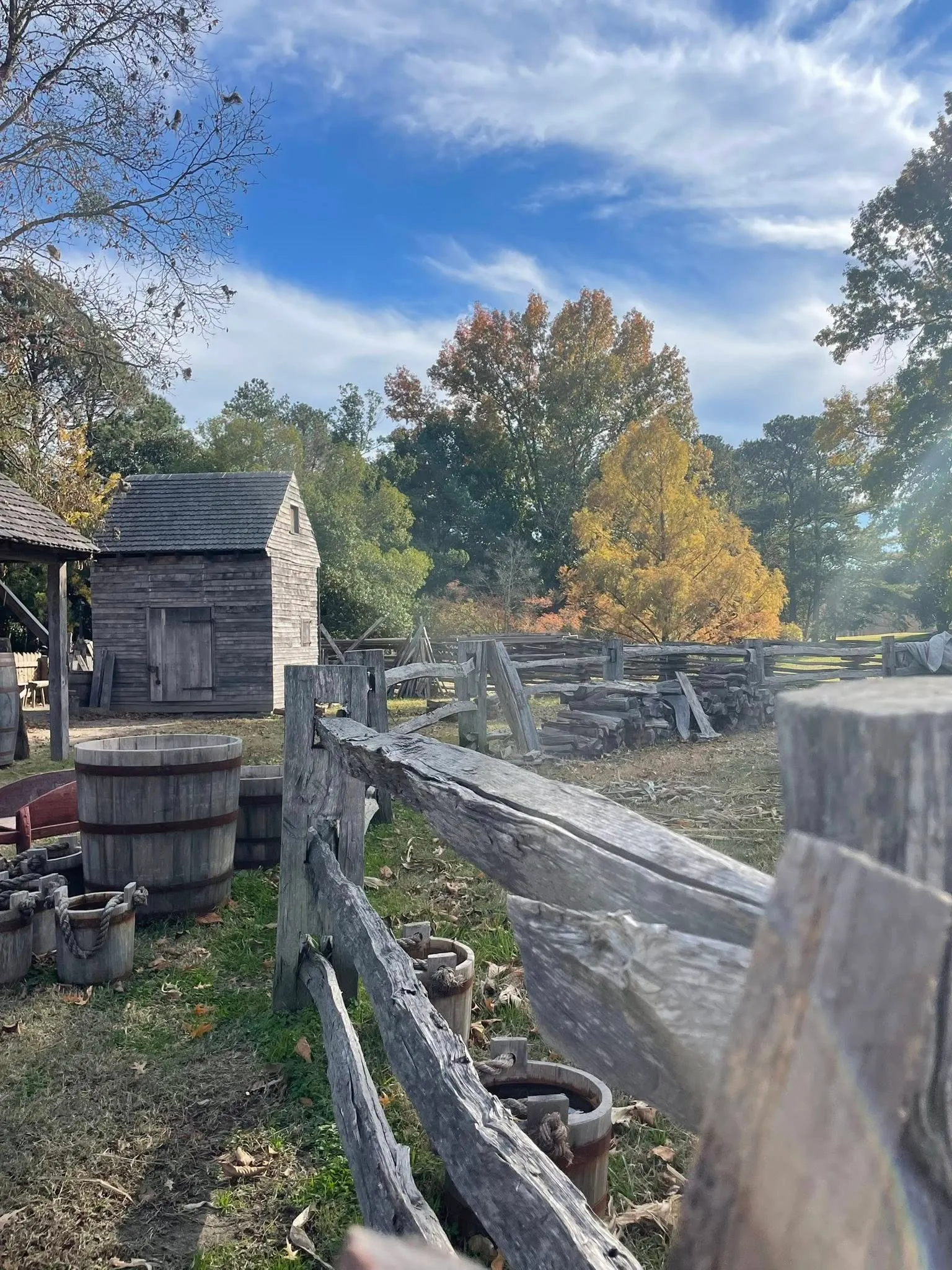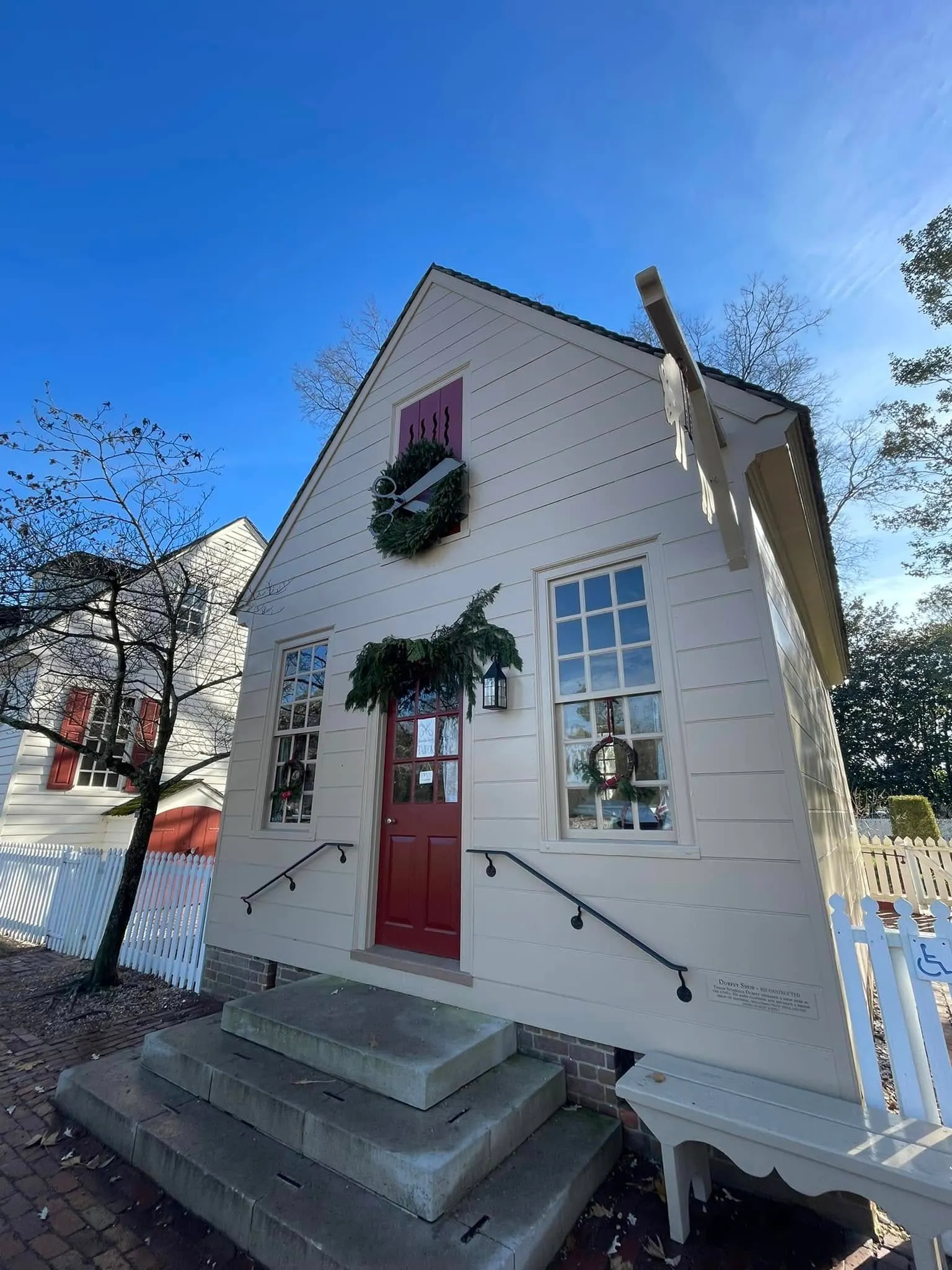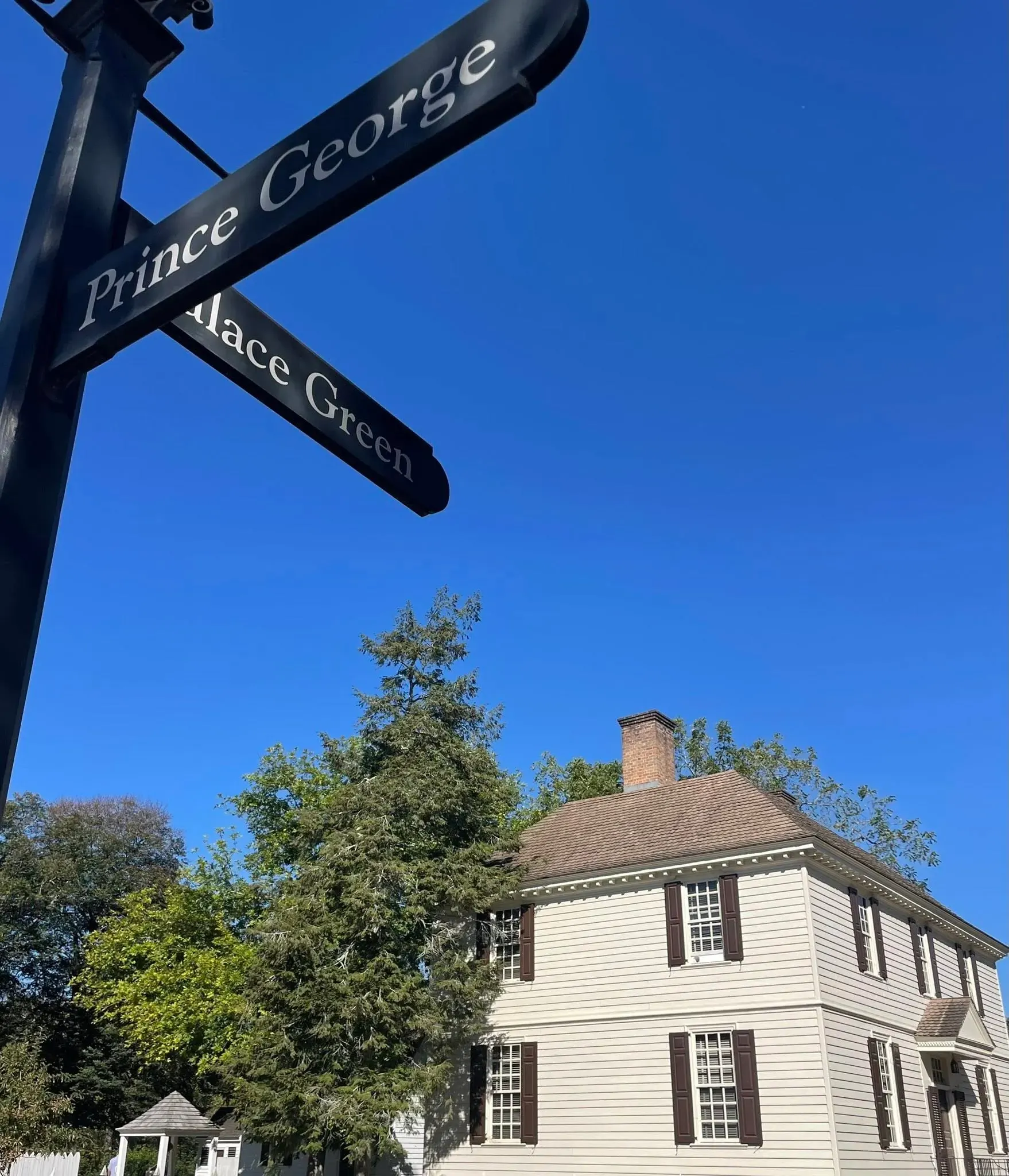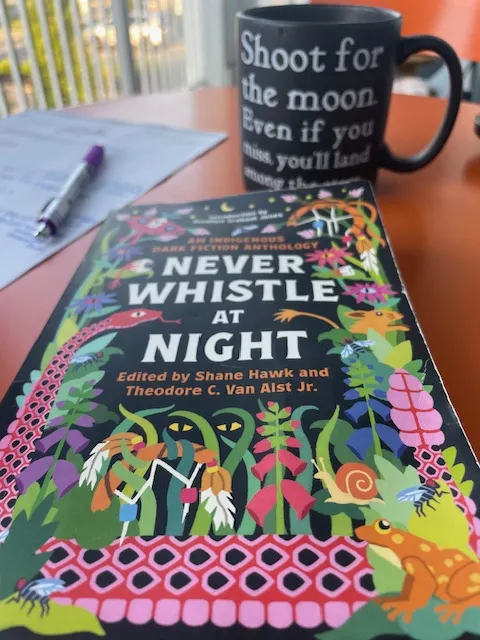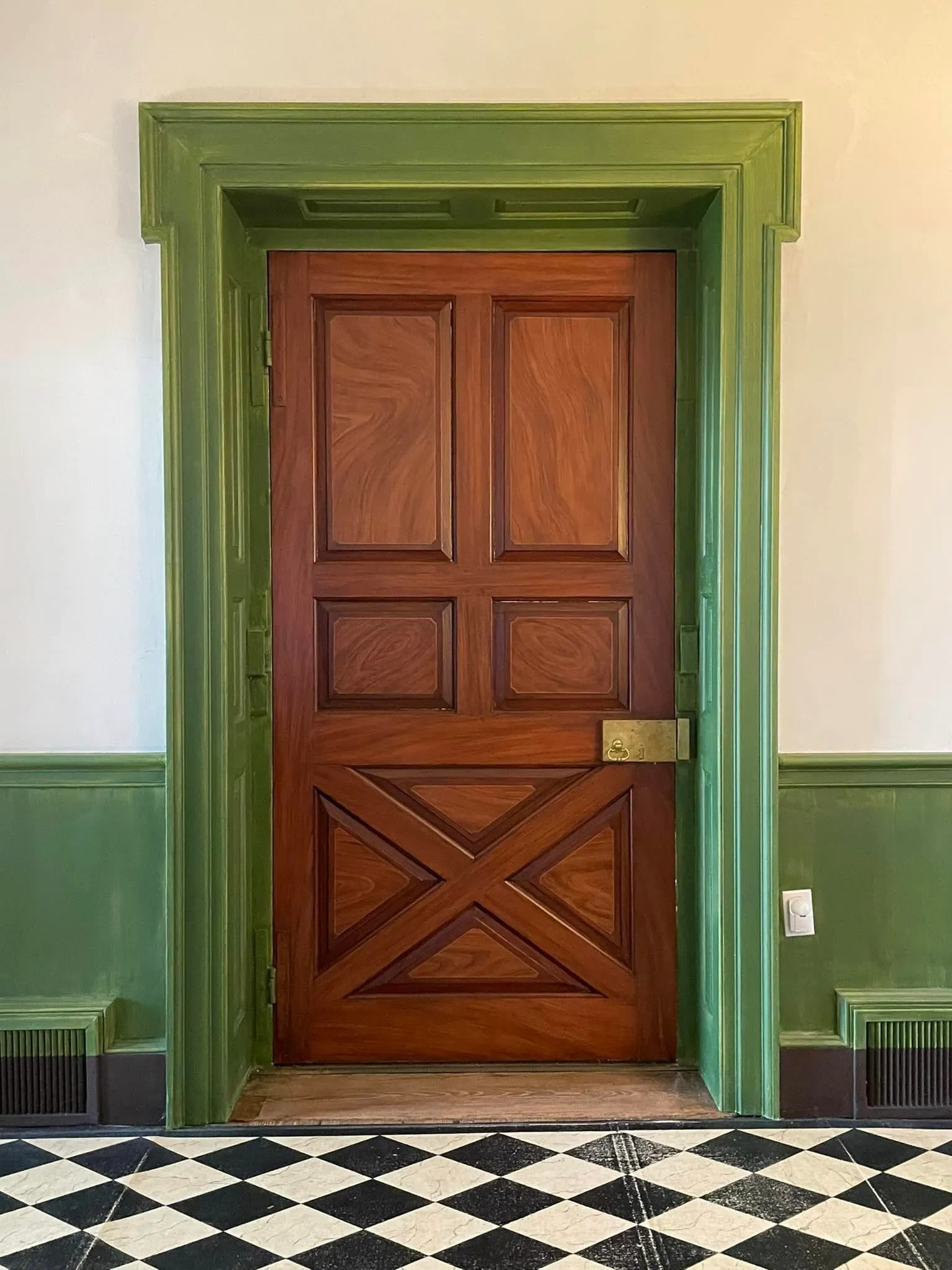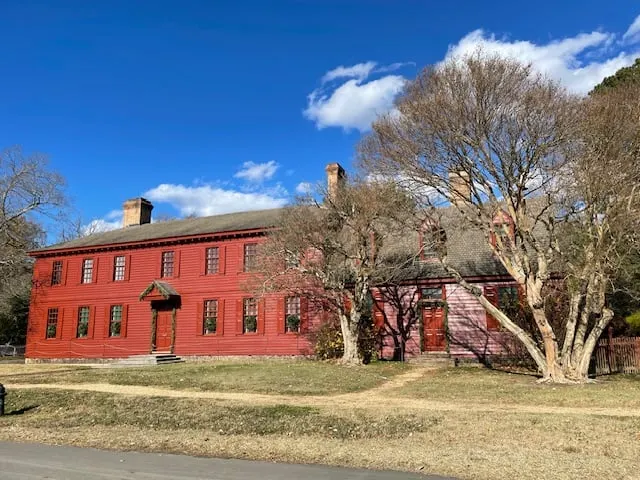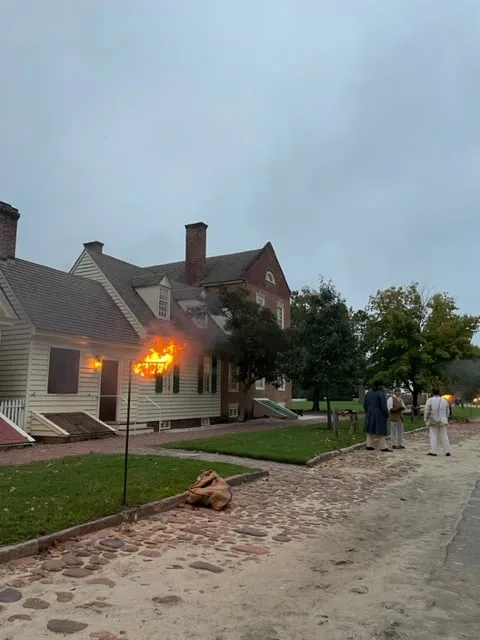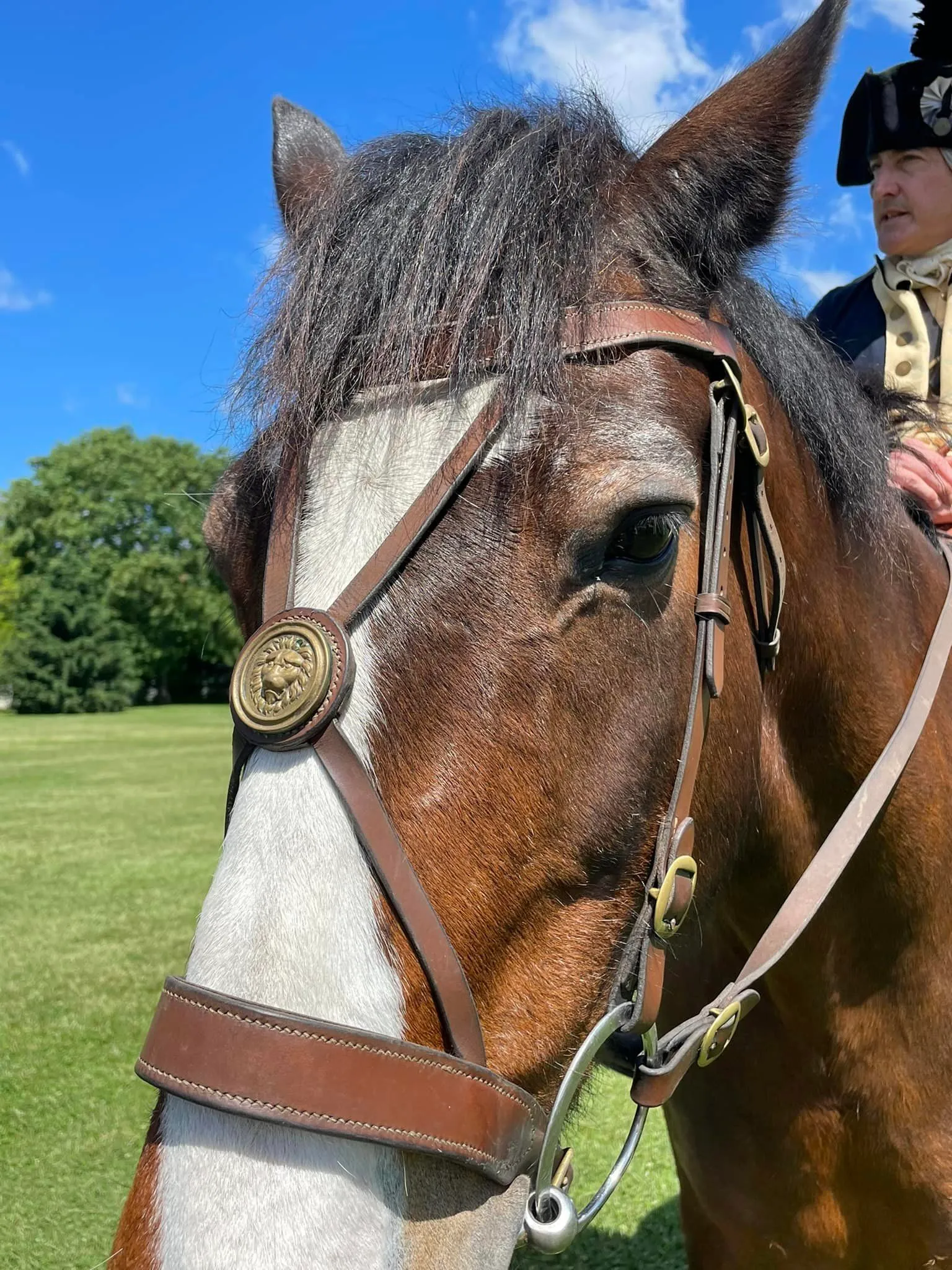Weaving the Past and Present: The Rich Historical Tapestry of Petersburg From It’s Origins as Bristol Parish
For this blogger, Petersburg's history was best learned from a local.
Well - two locals actually! Ed Betts and Ella Dickinson shared the city they love and work for with me. And I couldn't be more thrilled to share it with you. As a history-lover, I firmly believe that if you get to central Virginia, you need to add Petersburg to your must-visit list.
After watching my friend Lauren Z. Ray's YouTube video about her visit to Petersburg, I knew I had to go back. To be honest, when I was there (years ago), we hit the battlefield and that was about it.
You may know that the Battle of Petersburg during our American Civil War was pivotal - it is often considered the beginning of the end for the South. That's what we knew about Petersburg.
- We didn't truly take it in.
- We didn't dive into what the city truly was in relation to our shared American history.
Thank you Lauren for connecting me with Ed (Museums Site Manager for the
Department of Communications, Marketing, Tourism & Government Relation) and Ella (Project Manager for the Department of Communications, Marketing,
Tourism & Government Relations).
Because now I absolutely GET IT. So let's jump in!
RELATED: Click here to open Lauren's video in a new tab.
Necessary disclaimer: As a blogger, I use affiliate links sometimes! I may receive commission from purchases I share; it does not change your price but sometimes you might get a discount.
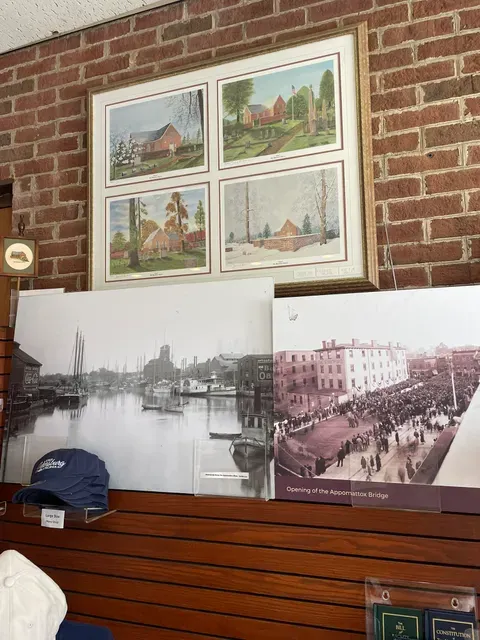
Interior of Visitor's Center, Petersburg
Facts about Petersburg.
There's more to the City of Petersburg's history and role in the development of our United States than what took place there in the 1860s.
Ed shared a fantastic document with me detailing a timeline of Petersburg from it's Colonial origins, through both the American Revolution, War of 1812, and Civil War into the 20th century. All of it both relevant and vital to understanding who we are as a nation in my opinion.
Timeline highlights shared in the document (not comprehensive by any means):
The land.
1643: Establishment of Bristol Parish
1702: Prince George County was formed
1733: Colonel William Byrd named "Petersburgh"
1748: Towns of Petersburg and Blandford were incorporated
1752: Dinwiddie County was formed and the Town of Pocahontas was incorporated
NOTE: Blandford and Pocahontas are part of today's Petersburg.
Events.
1675: Peter Jones becomes "leader" in the area and continues trade started by his predecessor, Abraham Wood. (He married Wood's daughter Margaret.) He established his own trading post - and you can visit the site, which although was mostly lost to fire, still has the original foundation in tact.
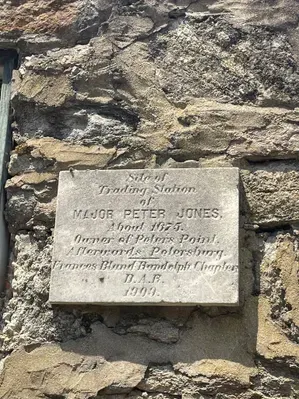
Peter Jones Trading Station site
1730: Tobacco Inspection Warehouse authorized: you may know that in Virginia, tobacco was everything economically. It was the foundational crop at that time. With water access for shipping and trade, Petersburg was a sensible location for a warehouse. Getting tobacco exported to England was required of this, the biggest and wealthiest American colony.
1774: First Baptist Church congregation was organized; going further into the future, the first black high school in Petersburg was opened and operated until Peabody High School was built in 1874. The black community of Petersburg is important to understand in terms of America's evolution.
1781: Battle of Petersburg on April 25. Major General William Phillips was to become a permanent fixture in Petersburg's history and is represented at the current museum. In fact, knowing he died in the city in May of 1781, there is a monument erected for him at the Blandford Church Cemetery (which currently sits near the museum/visitor center).
Learn more about the 1781 Battle of Petersburg here. Personally, I was interested to know that the Marquis de Lafayette was there. For military and Revolutionary War buffs, you'll also be interested to know that both Benedict Arnold and Major General Baron Von Steuben, were too! And in 1784, Major General Nathaniel Greene visited.
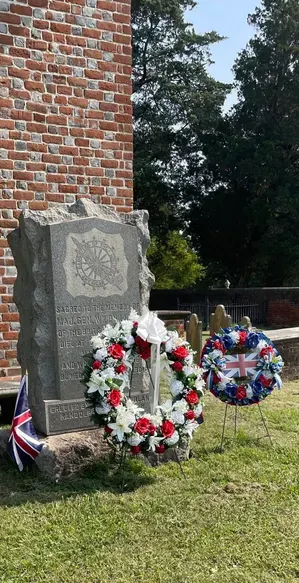
Major General Phillips memorial site
1815: The Great Fire destroyed more than 350 buildings and from 1815-17, approximately 300 brick buildings were erected. As we toured the downtown area, I couldn't help but notice all the red brick and it was a total vibe. It truly spoke to me as unique; in fact, I always remember the red brick from previous visits.
1795-1935: it's important to note the incorporation of the Upper Appomattox Company and vital role of the canal, which was owned by the Virginia Electric Power Company by 1935. Learn more here.
1813: Battle of Fort Meigs included volunteers from Petersburg who wore a cockade that inspired James Madison to nickname the city the "Cockade City." It's something you'll see in person when visiting the museum!
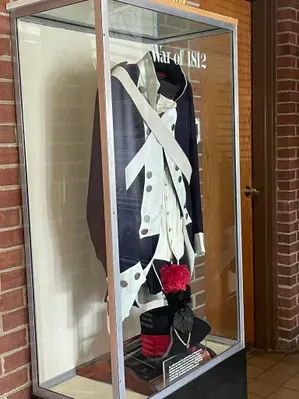
War of 1812 uniform
1823: Centre Hill Mansion was built. And I'm telling you now- as with other aspects of my visit... it will require a separate blog post to be written in the future! In the meantime, grab some information of this iconic house I was able to visit by clicking here. (side note, you can see more about it in Lauren's video- where you can also see her visit to Peter Jones' trading post)
Look - there's so much more on the "timeline," so... I encourage you to continue to learn more about Petersburg! I'm sure any of you out there who know the city well are screaming inside, asking why I "missed" things- the truth is, there's just so much!
And this blog mainly hits on the 17th and 18th century, into the 19th.
RELATED: Click here to open the city's website in a new tab.
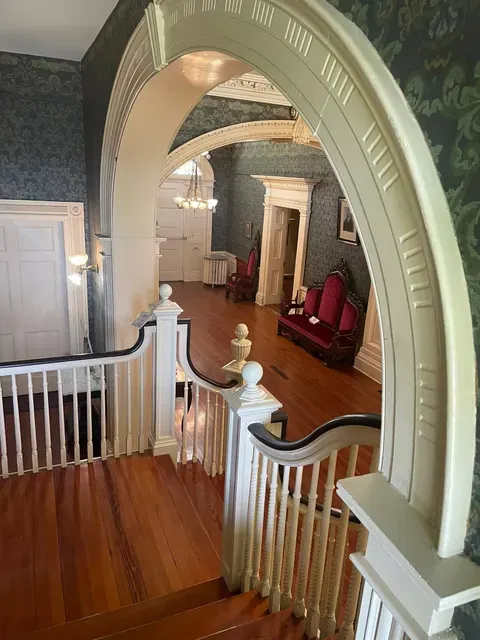
Interior stairs, Centre Hill Mansion
Exploring through architecture - where the stories live.
Petersburg truly is a tapestry of American history, complexly woven through nearly three centuries. You can see it both in the timeline (as the land itself evolved through county and city names, as well as blending together over time) and the events.
If you visit, here are the historic sites I saw and recommend:
- Start at the Blandford Visitor's Center - wander their museum and the head over to both Blandford Church and Cemetery. Inside the church are stunning one-of-a-kind Tiffany Studio windows. Ed recommended coming back multiple times of day to catch the light coming through every possible way- and I love that idea. NOTE: the new Visitor's Center is under renovation in an epic 19th brick building!
- Actually START with coffee at Demolition Coffee when you hit downtown. Because honestly it was one of the best Americanos I can remember tasting (and it was a recommendation from Lauren so I knew it'd be on-point).
- Don't miss the Petersburg National Battlefield.
- Get inside the Centre Hill Mansion, built by Robert Bolling IV, descendent of Robert Bolling I. His first wife (not related to Robert IV) was Jane Rolfe. You may recognize the Rolfe name as Jane is a descendent of Pocahontas and John Rolfe. The mansion was later owned by the Davis family, when President Taft visited. Both family names are well-known in Petersburg history. And later in more recent history- Centre Hill was used as a set for Mercy Street!
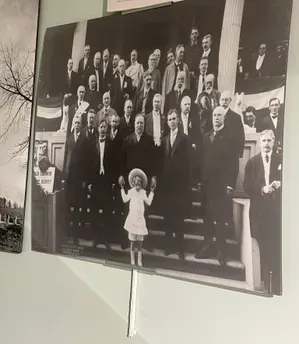
Taft on Centre Hill's steps
- Drive through Pocahontas Island, no longer an island. You'll see Jarratt House, part of the Underground Railroad and get a sense of the what "is the oldest standing building within what is considered the oldest freed African American community in the nation." Click here for full detail.
- Take a detour onto Grove Avenue for homes representing multiple types of architecture- a true mix of the 18th century into today.
- Wander through the Hotel Petersburg (maybe grab lunch or book a room!) and ask if you can see the rooftop patio- because up there, you can truly see the whole city.
- Make sure see Peter Jones Trading Station- get a feel for the spot that was an epicenter for the commerce that Petersburg represented for the Virginia Colony and early America. The rubble stones have been there since the start and through it all- surviving battles of Petersburg from the two major wars fought on American soil.

Stone rubble, Peter Jones Trading Station
More to explore.
As we ate lunch in the renovated Hotel Petersburg (now a Hilton Tapestry Collection property), I took it all in. As usual, my history-loving brain was overwhelmed. The high ceilings, classic architecture, and calm vibes of both the location and my lunch dates, Ed and Ella, gave me clarity.
It's simple: I need to come back.
We talked about the stories, the places I saw, the town's resurgence, including the excitement about the historic hotel situated right in downtown.
The new Visitor's Center is on it's way, in an old building set smack-dab in the historic district. Restaurants, coffee shops, antique shops... it's all happening, an hour from my home in Williamsburg and on the doorstep of Richmond.
So in short- there's more to Petersburg, Virginia than I had a clue about. Yes, the Civil War battle is very important to know about- it's a heavy thread in the complex tapestry of Petersburg, but in the end, it is one of many threads.
I need to write blog posts about topics, people, places, and events mentioned above.

Tiffany Studio windows, interior of Blandford Church
Want more?
I'm keeping it simple by giving you a checklist:
- Visit Petersburg if you have the opportunity. Use this link to plan your visit.
- Dive deeper on any topic by using the links provided throughout the post.
- Don't miss a thing: download the Pro Version of the Explore Here app and get personal guides to history through historical markers! Click here.
- Tell me which topics related to Petersburg interest you the most- I'm happy to get more information, or even focus a blog post with a deeper dive into it. Comment below or message me using Instagram or Facebook.

Bolling family of Petersburg
Closing words from history.
From a gem I found at Colonial Williamsburg's John D. Rockefeller Library: Battersea: A Historical And Architectural Study. Citation is from Volume 1, Willie Graham and Mark R. Wenger, copyright 1988, page I-12.
You may have heard of John Banister of Battersea, a place I want to visit! He was a Petersburg mayor but also signed the Articles of Confederation.
The following excerpt describes the family for context to the site as historical. I find the writers' list of Virginia's elite an interesting distraction to architecture.
"Col. Banister married twice, first to Elizabeth (Patsy) Bland, daughter of Theodorick Bland (of Cawsons and Kippax) and Francis Bolling. Through this union, the Banisters became related to many of the social elite of Virginia, such as Robert Beverley of Blandfield, Colonel Henry Lee of Lee Hall, Westmoreland County, Peter Pythress of Fleur de Hundred, the Randolphs, and naturally, the Blands of Westover. When Elizabeth died, John married Anne Blair of Williamsburg, daughter of John Blair, President of the Council of the Colony, and sister to John Blair, judge of the Federal Court."
Are you enjoying this blog? Use my online tip jar and buy me a coffee:
There is a huge practical disclaimer to the content on this blog, which is my way of sharing my excitement and basically journaling online.
1) I am not a historian nor an expert. I will let you know I’m relaying the information as I understand and interpret it. The employees of Colonial Williamsburg base their presentations, work, and responses on historical documents and mainly primary sources.
2) I will update for accuracy as history is constant learning. If you have a question about accuracy, please ask me! I will get the answer from the best source I can find.
3) Photo credit to me, Daphne Reznik, for all photos in this post unless otherwise credited! All photos are personal photos taken in public access locations or with specific permission.
